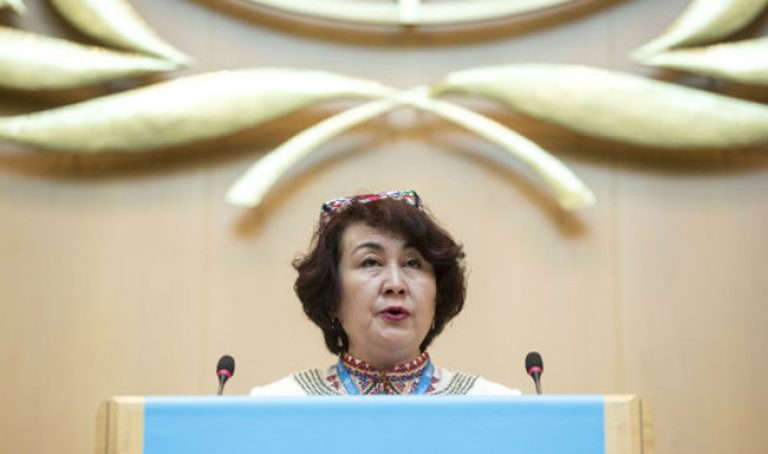
AsianScientist (May 11, 2015) – For decades, numerous research efforts have identified the structures of most Ebola virus (EBOV) encoded proteins except two: the L protein and nucleocapsid protein (NP), because of the difficulties they present in the expression, purification and crystallization. In a paper published in Protein & Cell, researchers from Nankai University and the Tianjin International Joint Academy of Biotechnology & Medicine identified the structure of the EBOV NP core domain.
The Ebola virus causes lethal hemorrhagic fever in humans, with extremely high morbidity and mortality. It was first discovered in two simultaneous outbreaks near the Ebola River in sub-Saharan Africa in 1976. Sporadic outbreaks followed until 2014, when it re-emerged in Western Africa and caused a widespread epidemic.
As of April 24, 2015, the World Health Organization (WHO) has reported a total of 26,101 suspected Ebola cases and 10,824 Ebola-related deaths. Despite the high death rate of the Ebola hemorrhagic disease, there are no FDA-approved treatments or vaccines available to date, nearly 40 years after the initial outbreak.
NP plays the essential role in the EBOV life cycle, by facilitating viral ribonucleic acid (RNA) encapsidation to form a ribonucleoprotein complex. The structure of EBOV NP, solved to 1.8 Å resolution, reveals how EBOV NP clamps an RNA binding groove between its two lobes, which presents similarities with the other reported viral NPs from the Mononegavirales order.
This structural information should provide valuable insights to help us understand the EBOV genome assembly and transcription mechanism. In addition, the researchers identified a highly conserved hydrophobic groove on the surface of EBOV NP, which provides great potential for the development of antiviral therapies targeting EBOV RNP formation.
The article can be found at: Dong et al. (2015) Insight Into The Ebola Virus Nucleocapsid Assembly Mechanism: Crystal Structure Of Ebola Virus Nucleoprotein Core Domain At 1.8 Å Resolution.
———
Source: Springer; Photo: NIAID/Flickr/CC.
Disclaimer: This article does not necessarily reflect the views of AsianScientist or its staff.












